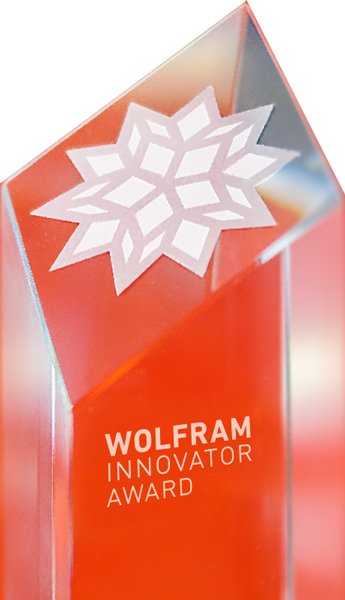Dr. Tarkeshwar Singh
Quantitative Analyst and Software Engineer, Quiet Light Securities
Areas: Authoring and Publishing, Finance, Machine Learning, Risk Management
Dr. Singh is a quantitative analyst and software engineer at Quiet Light Securities and an early adopter of Wolfram Finance Platform. In conjunction with the CTO, Robert Maxwell, Dr. Singh brought Finance Platform on board to support daily derivative trading operations by developing extensive strategies and volatility surface models, as well as performing backtesting with intraday market tick data. He also provided daily snapshots of company-wide risk through CDF documents that provided insights and satisfied compliance requirements. He also developed an internal training program to bring quants up to speed with Wolfram technologies. In the future, he hopes to utilize the machine learning capabilities of the Wolfram Language to develop advanced trading algorithms through neural networks.

